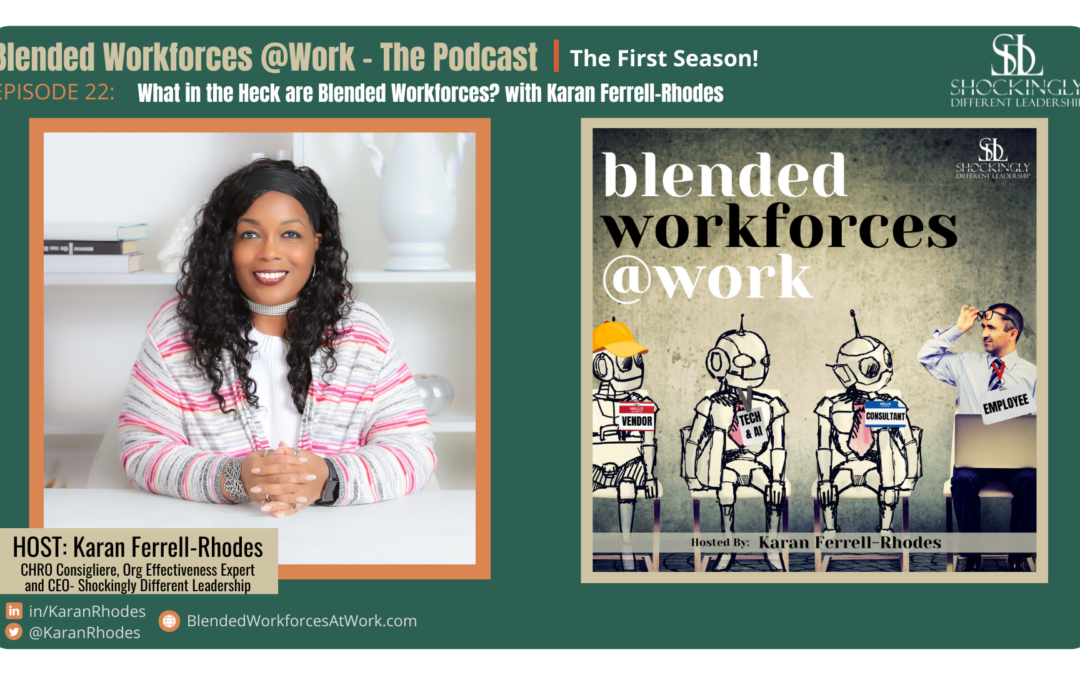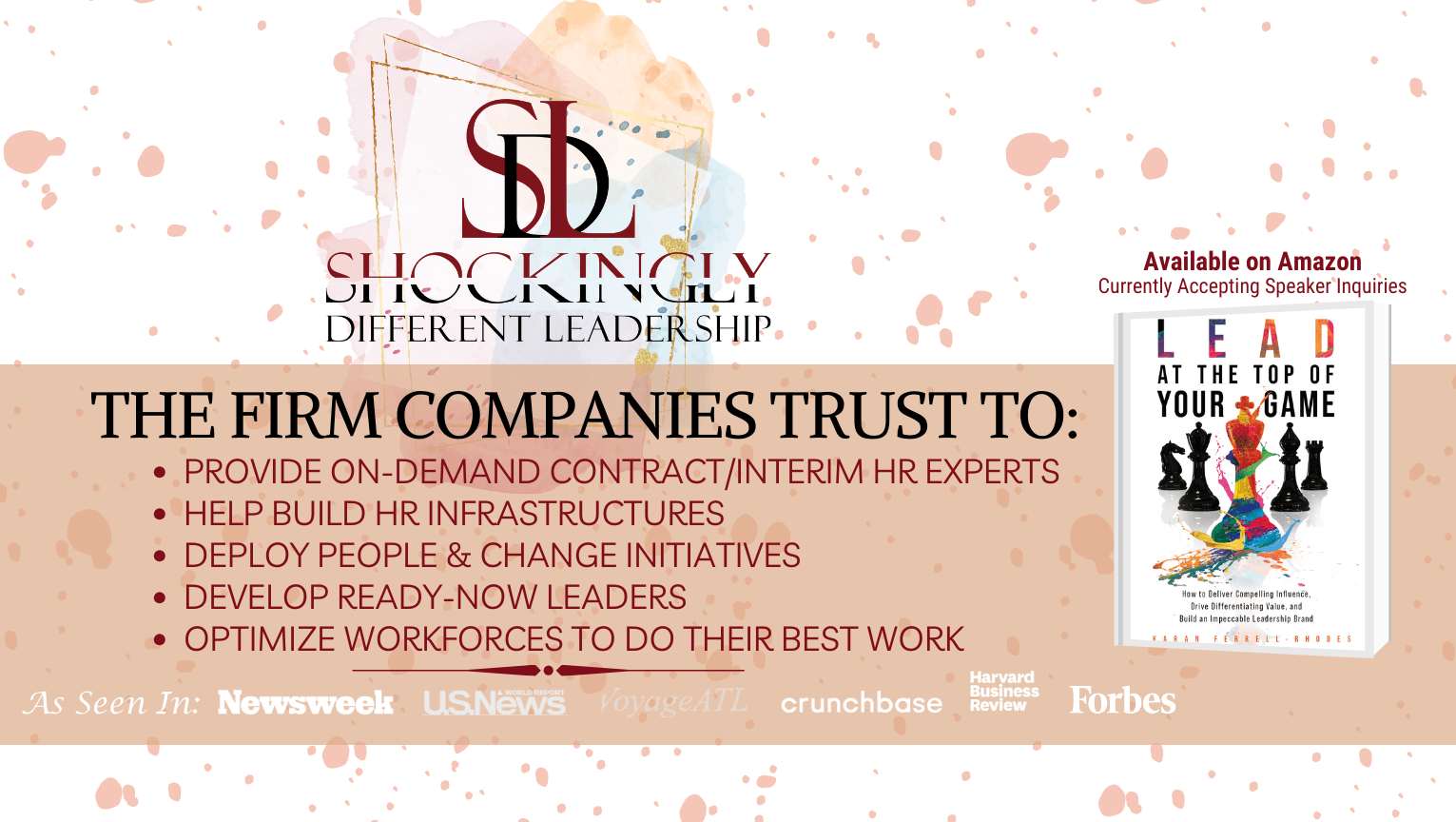IN THIS EPISODE, KARAN FERRELL-RHODES EXPLAINS BLENDED WORKFORCES.
This episode unravels the buzz around blended workforces—a strategic mix of traditional employees, external talent, and cutting-edge technology. As businesses face mounting skills gaps and shifting work paradigms, adopting a blended workforce model is no longer optional but essential for staying competitive in today’s rapidly evolving landscape!
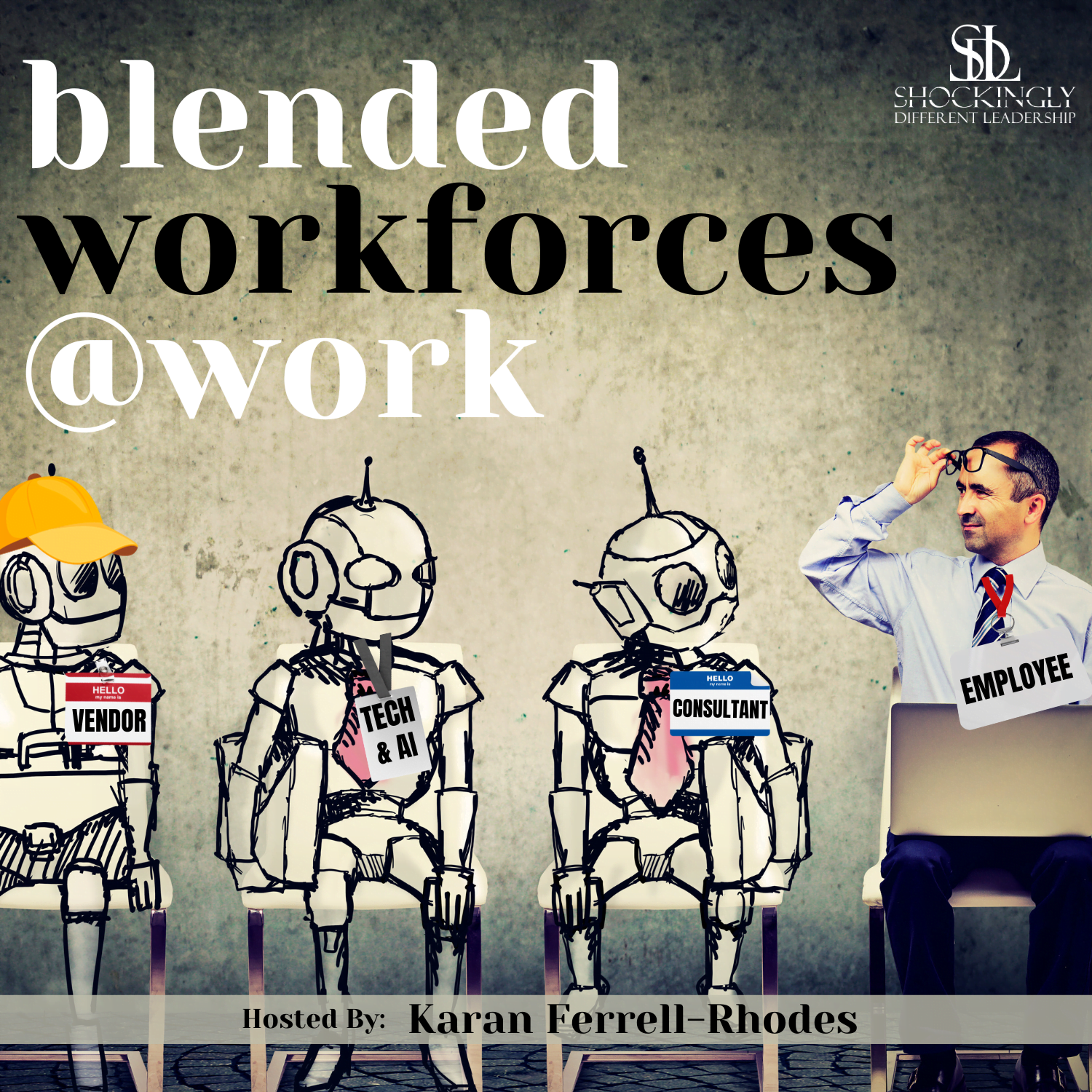
Posted by
SDL Media Team
Rather view our video podcast?

WHAT TO LISTEN FOR:
- What are blended workforces?
- Why are blended workforces one of the hottest talent strategies today?
- What are the components of blended workforces?
- Why is technology now considered a part of blended workforces?
- How can companies ensure the effective management of blended workforces?
- What future trends are predicted for work arrangements?
“For work where external talent is an ideal choice, blended workforces can save companies a great deal of money on labor costs.”
FEATURED TIMESTAMPS:
[01:36] Defining Blended Workforces
[03:08] Components of Blended Workforces: Traditional Employees
[05:02] Components of Blended Workforces: External Talent
[08:10] Components of Blended Workforces: Technology
[09:56] Implementing Blended Workforces
[12:13] Future of Work and Blended Workforces
[13:12] Call to Action
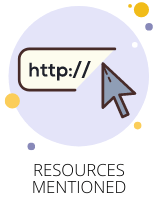
ADDITIONAL RESOURCES FOR YOU:


Episode Sponsor
SDL is the go-to firm companies trust when needing to:
- supplement their in-house HR teams with contract or interim HR experts
- implement leadership development programs that demonstrate an immediate ROI and impact on the business

Episode 22 | What in the Heck are Blended Workforces? with Karan Ferrell-Rhodes
Karan Rhodes 00:00
Executives are being forced to really boldly question long held beliefs and assumptions about how work should be done, who should do it, and the role of the physical office and technology solutions and all of their strategic planning. Now, that’s why blended workforces is truly one of the hottest talent strategies today. Blended workforces are one of the hottest talent strategies today, where employers are using a mix of traditional employees with external resources like independent contractors, coaches, consultants, vendors, and technology solutions, all in order to enhance competitiveness, ensure cost flexibility, and expedite business goals. But how are the successful companies infusing blended workforces into their business strategy? And what are the critical success factors and pitfalls to avoid during implementation? And on the flip side, what does it really take for suppliers to improve their chances of finding and landing contract opportunities? The devil is in the details, my friends! I’m your host, Karan Ferrell Rhodes, and it’s time to get smarter about Blended Workforces at Work! Hello, my superstars. This is Karan, and in today’s episode, I’m going to discuss exactly what blended workforces are, because we realize not a lot of you out there may be familiar with the term and why they are one of the hottest, most in demand talent strategies today. Now it’s no secret that employers are really struggling with the gap between the employee talent that they currently have and the skills that are needed to keep operations running smoothly, executives are being forced to really boldly question long held beliefs and assumptions about how work should be done, who should do it, and the role of the physical office and technology solutions and all of their strategic planning. Now, that’s why blended workforces is truly one of the hottest talent strategies today. But let’s first bust up a few myths about what blended workforces actually are and are not. Now, the driving force behind blended workforces is not where the work is done, such as in house or remotely. You know, blended workforces refer to the type of legal work arrangement under which work tasks are completed. Now, in essence, blended workforces are when employers use some sort of mix of traditional employees, external talent and technology in order to get work done. Now, the location of where the work done, such as as I mentioned, in the office or remotely, or some hybrid arrangement, is a sub element of blended workforces, but not the definition so many people use the term incorrectly. So I wanted to make sure that I call this out for you. Now, let’s start by looking at each component of blended workforces individually under the traditional employee bucket. This refers to the typical employer employee relationship that we all know very well. This is when an individual signs an employment contract with an employer, where the contract documents all the terms and conditions of in house permanent employment examples include terms such as listing the essential functions of the job for which you’re being hired to do and The tasks that are associated with it, the compensation for the job, and all benefits and perks which are included, and then lastly, any additional legal documentation, policies, rules or procedures that you must follow in order to remain employed at the company, such as like non disclosure agreements, employee handbooks and data handling requirements. Now, the work arrangements within the traditional employee bucket are commonly full time, part time and internships, and the work locations of doing the work can be anything that we mentioned before in office, remote or hybrid arrangement, traditional employees in the US typically have applicable federal, state and local taxes taken out of their paychecks and receive a w2 form at the end of the year to file their taxes. The employer is responsible for their share of costs for each of the employees, such as Social Security, workers compensation coverage, Medicare, unemployment and the employer share of benefits coverages. Now, of course, this is not a comprehensive list for either the employee or the employer, but you get the picture in the external talent bucket. This refers to non employer, external talent resources like freelancers, independent contractors, consultants, suppliers and vendors. And when an organization needs a set of work tasks to be completed, but do not require or don’t prefer that the work task be. Done by a traditional employee, they can contract directly with any of these independent entities. The two parties then agree on the terms of the working relationship to put in the contract, such as, like the scope of work, when the work must be completed by and the compensation that the independent entities are going to receive for any services rendered now the company does not take out taxes or pay any benefits, so it is a true cost saving savings, as you can imagine, but items such as healthcare coverage and retirement planning must be sourced by the external talent on their own. They’ve got to find their own providers, and I usually recommend making sure that you have a discussion with your financial planner or accountant to really understand how being an independent worker is going to impact your financial picture. Now also, employers cannot give daily work direction to external entities, which is why the terms of the contract itself is so critical, critically important. Independent talent usually receives a 1099, tax form at the end of the year, and must at that time pay their own self employment taxes. And in the US, the Internal Revenue Service has very, very strict guidelines on the differences between employees and 1099, contractors or suppliers. And if companies violate these IRS guidelines, very deep penalties will be assessed, however, where work is an existence, where external talent is clearly an excellent or ideal choice, it can save companies a great deal of money and provide more flexibility, agility and scalability regarding labor costs, which are one of the largest line items on a company’s profit and loss statement. The work location for external talent can be anything that we’ve discussed earlier, an office remote work or a hybrid arrangement, but if on site work is necessary, then that requirement needs to be included in the contract, so that there’s a mutual agreement ahead of time. An example might be, think of commercial janitorial services. It’s going to be near to impossible to clean or freshen up an office complex from your home. That’s the type of job where you’re going to actually need to be on site, and that should be included in the contract. Now let’s take tackle the last bucket in the blended workforces family, which is the bucket of technology. You know, until recently, technology really hadn’t been included in the definition of blended workforces, but technology’s prevalent in both our personal and our work lives really has required us to relook and include it in that definition, because if you really think about it, blended workforces are any entity that helps work to get done, and technology really fits the bill. Now the challenge with technology solutions is that employers are having to figure out which ones to adapt and which solutions will really seamlessly integrate into the business operations and workflows, and then which technology solutions will actually talk and work well with one another as you play in the sandbox. And that’s really, really challenging, as any company leader will tell you, and if there wasn’t enough complexity already with limited workforces, then we turn to the requirements that are needed these days with people managers, because people managers must really prioritize upskilling their staff and any external talent on not only how to work well together between the two of them, but then also upskilling them on the chosen technology that the company has decided to use in their operations. And they’ve got to do this, manages in a way that all operations run very smoothly, kind of that whole building the plane and flying it at the same time makes it really, really challenging. Now, companies are really excited about using blended workforces, because of its potential to enhance their competitiveness, ensure cost flexibility, and help them exhibit their business goals. But it’s not as easy as it seems, because the devil is in the details. My friends, business leaders must start with infusing a blended Workforce Strategy into their overall workforce planning. They must identify which task must be. Handled in house, versus which tasks are ideal to be handled by third party or technology. They must also analyze the cross functional impact of the changes that they’re going to make on the way they work, and they must also be mindful of minimizing or mitigating any risk that might pop up or come their way. They must also try to leverage any known implementation best practices, and that’s why you see a lot of leaders network with each other to understand what went well and what didn’t go well, in order to avoid any blind spots that might cause havoc in the company, or impact employee morale. Now let’s talk about the flip side of the world of contracting. There is a wild, wild west of contractors, suppliers and technology providers out there. They’re all hustling trying to get employers business. But as an employer, you need to ask yourself the question, how do you accurately navigate sourcing and selecting the right talent and technology options for your needs? And as a service or product provider, you need to ask yourself, How do I master the critical success factors that will improve my chance of finding and landing lucrative contract opportunities in my niche or specialty. Now, unfortunately, effectively leading and managing blended workforces is very dynamic complex, and really has been overlooked by most MBA and executive programs and in house corporate training departments for years. And to keep it real with you, I’m just letting you know the old fashioned way of working a nine to five job just isn’t going to be the main work arrangement in the future of work. Now, to keep it real with you, the old fashioned way of working, a nine to five job just is not going to be the feature of work in the very near future. You know, it will still exist in some form of fashion and in some level. But if you’re to believe the current research and trends, they indicate that a coming of a more free flowing work environment that emphasizes workers as their own free agents is truly going to be the workplace of the future. And according to the 2023 state of people strategy report, 70% of HR teams expect to have to create a blended Workforce Strategy and associated policies moving forward. And for me, as an organizational strategist, researcher and thought leader on blended workforces, I am absolutely passionate about helping all the stakeholders of blended workforces work better together. For my companies out there, you know, feel free to reach out to me at shockingly different.com forward slash contact to chat about how to best implement a blended workforces model so that you can scale your talent capabilities and better manage your human capital spend. For my supplier and vendor community out there, be sure to keep following us so that you can evaluate best practices that we share on how to better increase your chances of landing great contract opportunities, and no matter your role in all of this blended workforce is dynamic. My advice to you is to get them in on the blended workforce train now learn how to adapt to this new world or prepare to become irrelevant because it’s coming fast to a workplace near you, but working together, we can all ensure that this doesn’t happen to you and you’re not left behind. Now if you enjoy this type of information on the possibilities of blended workforce forces, please be sure to stay in touch by liking it describing to the blended work versus at work podcast on your favorite platform of choice, and now have a great rest of your day, and let’s all continue our efforts to get smarter about blended work versus at work. Take care. Well, that’s our show for today. Thank you again for listening to the Blended Workforces at Work podcast. You can check out the show notes, additional episodes, bonus resources, and also submit guest recommendations on our website at blendedworkforces@work.com. You can also follow me on Twitter, LinkedIn, Instagram or YouTube by searching for the name Karan Rhodes with Karan being spelled K a r a n. And if you like the show, the greatest gift you can give would be to subscribe and leave a rating on your favorite podcast platform of choice. This podcast has been a production of Shockingly Different Leadership, a global consultancy which helps organizations execute their people, talent development, and organizational effectiveness initiatives on an on-demand, contract, fractional, or project basis. Huge thanks to the SDL production and editing team for a job well done. Bye for now.

Want to be a Podcast Guest?
Check out our guest qualifications and submit our brief form to be considered.

Want Karan to be Your Podcast Guest?
- Blended Workforces & the Gig Economy
- Critical Execution Tactics of High-performing Leaders
- Entrepreneurism & Leading Your Business

Want to be a Podcast Sponsor?
All sponsorships come with a featured spot on show notes pages.
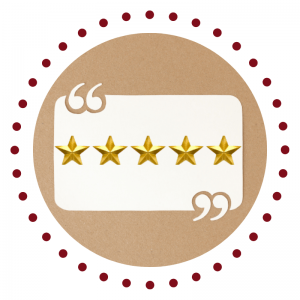
Like the Show? Please Leave a Review
If you like the show, it would mean the world to her if you left a quick review.
Your word is golden, so a HUGE thank you in advance!
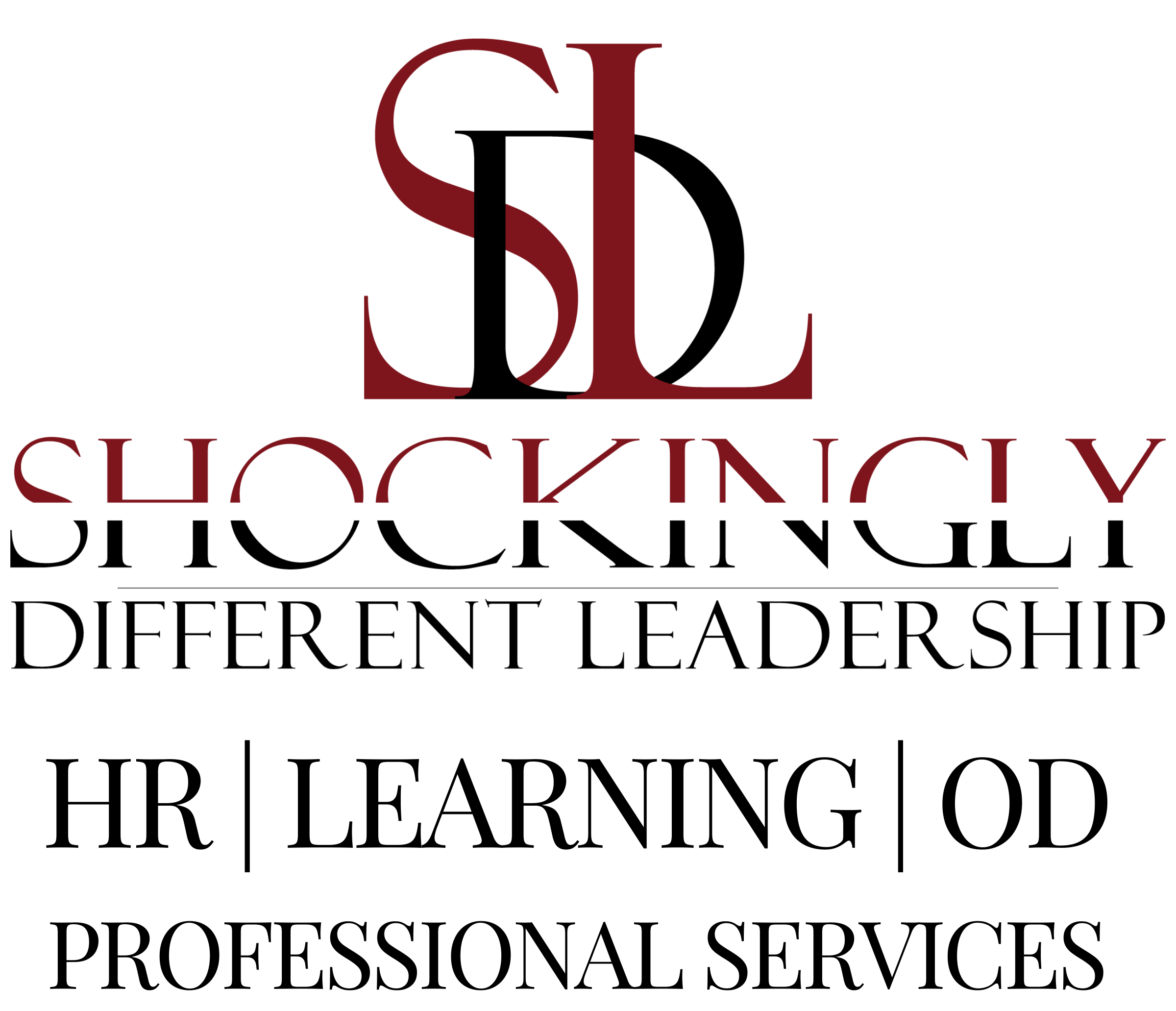
#KeepInTouch
via our podcast alerts
Subscribe now to discover why thousands of monthly listeners who are passionate about doing their best work prioritize time each week to listen to the Blended Workforces @Work podcast.
#AboutSDL
#WhereToFindUs
MAILING
4480-H South Cobb Drive
PMB 219
Smyrna, GA 30080
PHYSICAL
2121 NewMarket Parkway
Ste. 108
Marietta, GA 30067
#ContactOptions
Customer Service Email:
service@shockinglydifferent.com
Call or Text:
770-384-1103
#Office Hours
MON-FRI
8:30 AM – 6:30 PM
Weekends By Appointment

